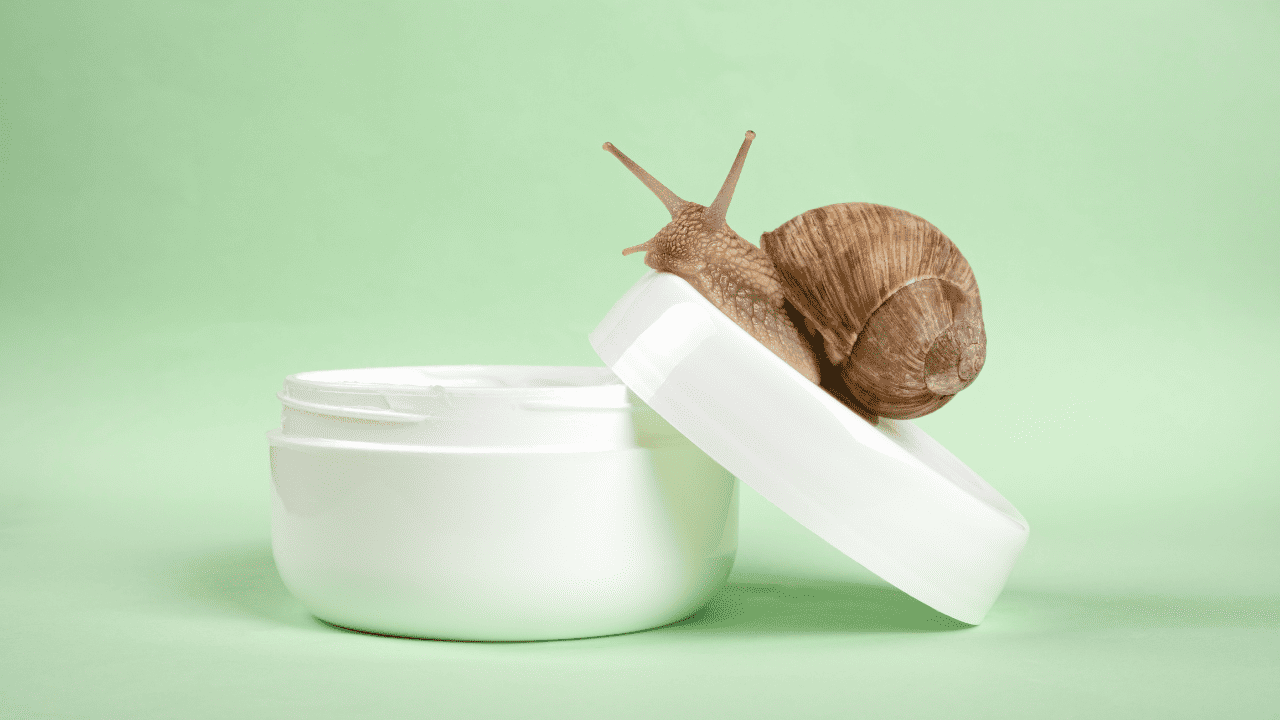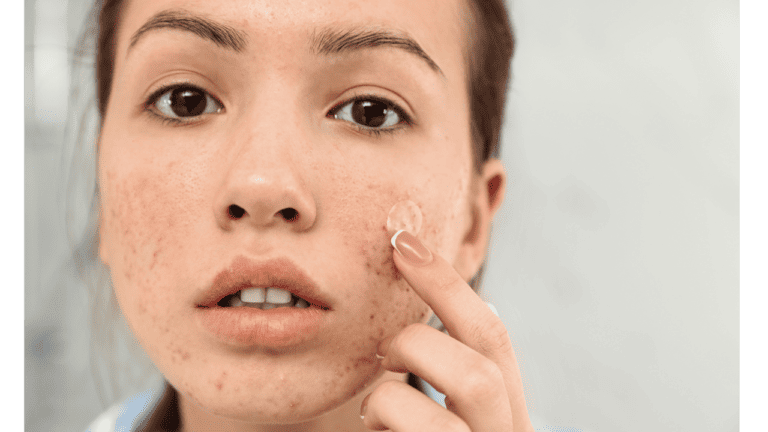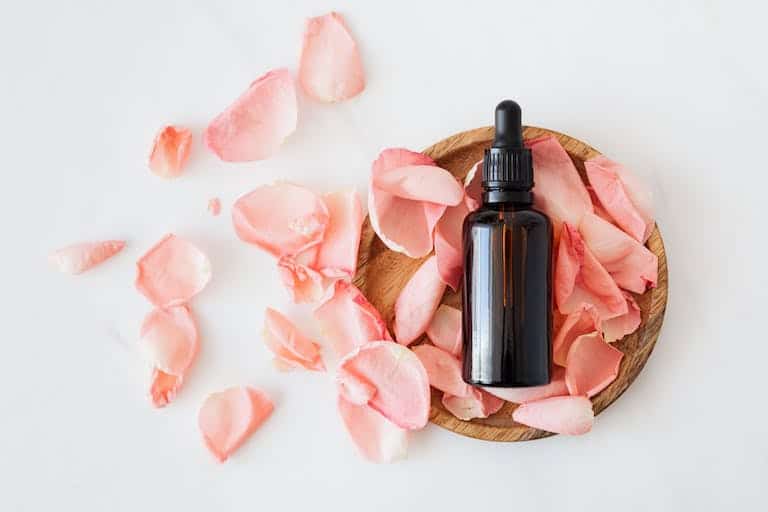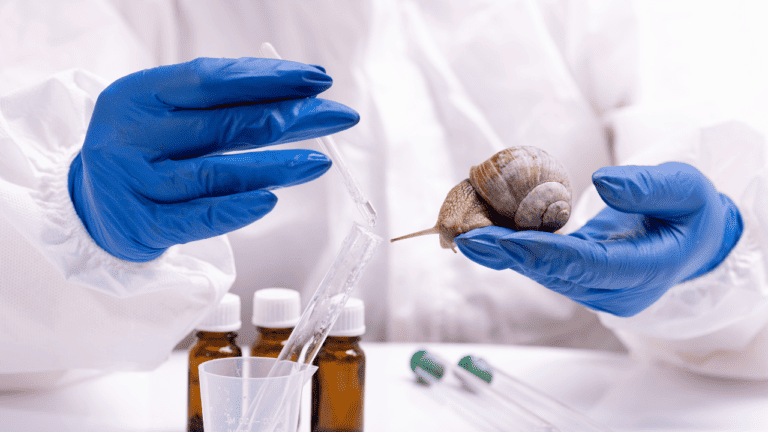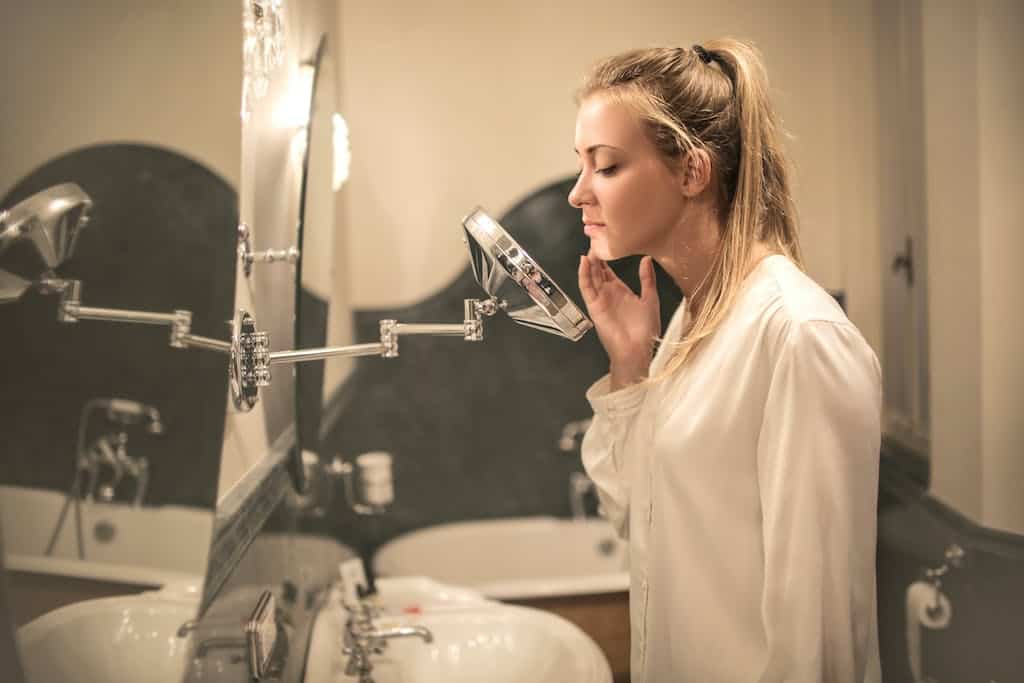Welcome to our journey through the fascinating world of snail mucin in skincare! If you’re intrigued by the buzz around this unique ingredient but find yourself surrounded by myths and misconceptions, you’re in the right place. Snail mucin, a star in the realm of beauty ingredients, has risen to prominence for its remarkable skin benefits. Yet, with fame comes folklore, and it’s time we separate fact from fiction.
In this comprehensive guide, we delve into what snail mucin really is, its composition, and why it’s become a staple in many skincare routines. We’ll also tackle some common myths head-on, providing you with the clarity you need. Whether you’re a skincare enthusiast or a curious newcomer, understanding the truth about snail mucin will empower you to make informed decisions about your skincare regime.
Key takeaways
- Snail mucin is a versatile skincare ingredient, rich in beneficial components like glycoproteins, hyaluronic acid, and glycolic acid, suitable for various skin types and concerns.
- Common myths about snail mucin, such as it being harmful or a gimmick, are debunked by scientific evidence highlighting its skin healing, anti-aging, and hydrating properties.
- Integrating snail mucin into your skincare routine can be simple and effective, with proper product selection and consistent application yielding noticeable improvements in skin health.
Understanding Snail Mucin
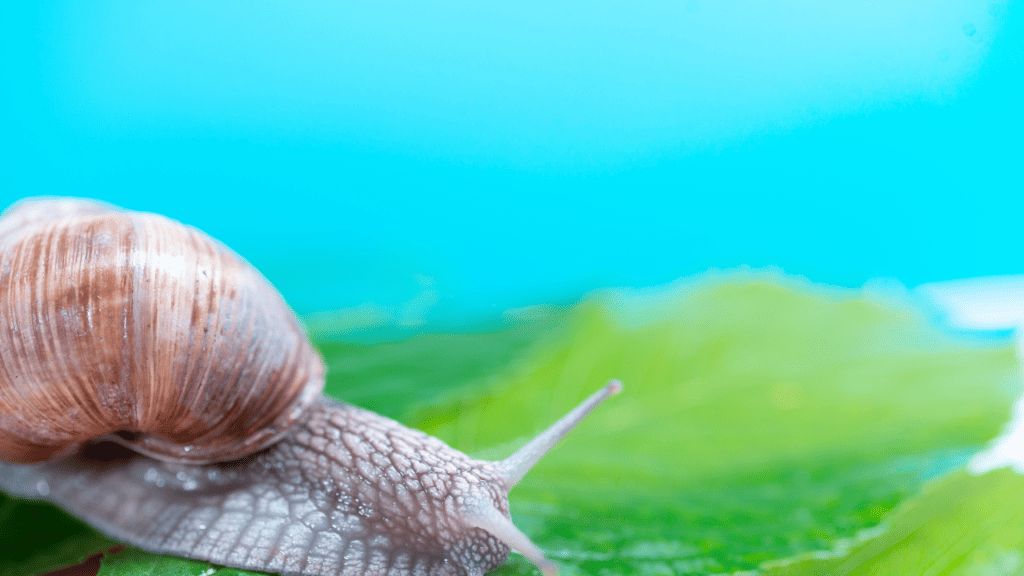
What is Snail Mucin?
Snail mucin, often a buzzword in the beauty industry, is essentially the secretion from snails. This might sound less than glamorous, but don’t be too quick to judge. Widely used in Korean skincare, snail mucin has gained global attention for its skin-enhancing properties. It’s harvested when snails move, leaving a trail behind, and is then processed for use in skincare products.
Composition of Snail Mucin
Understanding what makes snail mucin a sought-after ingredient is key. It’s rich in compounds beneficial for the skin, including glycoproteins, hyaluronic acid, and glycolic acid. These elements play vital roles:
- Glycoproteins: Essential for repairing skin damage and promoting cell regeneration.
- Hyaluronic Acid: A superstar for hydration, it helps retain moisture, keeping the skin plump and youthful.
- Glycolic Acid: An exfoliant that aids in shedding dead skin cells, revealing brighter, smoother skin.
Debunking Common Myths

Myth vs. Reality
There are several myths surrounding snail mucin, often causing hesitation among potential users. Let’s clear some up:
- Myth 1: “Snail mucin is unsanitary and can harm the skin.”
- Reality: When processed correctly, snail mucin is purified and safe for skin use. It undergoes rigorous testing to ensure its safety and efficacy.
- Myth 2: “All snail mucin products are the same.”
- Reality: Like any skincare product, snail mucin formulations vary. The concentration and combination with other ingredients can affect its performance.
- Myth 3: “Snail mucin is a gimmick with no real benefits.”
- Reality: Scientific studies support the beneficial properties of snail mucin, from enhancing wound healing to moisturizing the skin.
The Ethical Perspective
A critical aspect often overlooked is the ethical sourcing of snail mucin. The extraction process should not harm snails. Ethical brands ensure a cruelty-free process, often involving a natural method where snails are allowed to roam freely in a controlled environment, and mucin is collected without causing them stress or harm.
Benefits of Snail Mucin in Skincare

Skin Healing and Repair
One of snail mucin’s most celebrated benefits is its ability to facilitate skin healing and repair. Its natural components stimulate collagen production and aid in cell regeneration, which is crucial for repairing scars, acne marks, and other skin irregularities.
Anti-Aging Properties
Snail mucin is also revered for its anti-aging properties. By promoting collagen production, it helps reduce the appearance of fine lines and wrinkles. Additionally, its antioxidant properties protect the skin from environmental damage, a key factor in aging.
Hydration and Soothing Effects
Lastly, its outstanding hydrating and soothing effects can’t be ignored. Snail mucin is a boon for dry, irritated skin, thanks to its hyaluronic acid content. It forms a moisture barrier, offering long-lasting hydration and soothing redness or irritation, making it ideal for sensitive or inflamed skin conditions.
How to Integrate Snail Mucin in Your Skincare Routine
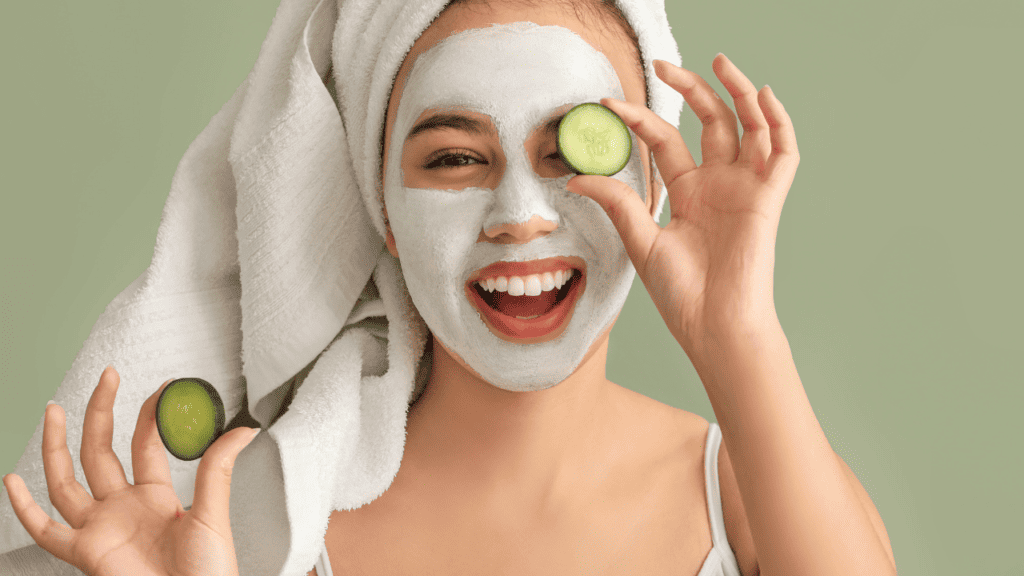
Suitable Skin Types
First things first, let’s talk about who can benefit the most from snail mucin. The good news is, it’s suitable for almost all skin types. Its gentle nature makes it a great choice for sensitive skin, while its hydrating properties are a boon for dry skin. Oily or acne-prone skin? Don’t worry, snail mucin is non-comedogenic, meaning it won’t clog your pores. However, as with any skincare product, patch testing is recommended to ensure compatibility with your skin.
Product Selection
Now, onto the exciting part – choosing your products. Snail mucin is available in various formulations, from serums and creams to masks. If you’re new to this ingredient, a serum is a great starting point due to its typically higher concentration. Look for products with a high percentage of snail secretion filtrate for maximum benefits. Don’t forget to check the ingredient list for any potential allergens or irritants, especially if you have sensitive skin.
Application Tips
Incorporating snail mucin into your routine is easy. If you’re using a serum, apply it after cleansing and toning, followed by your moisturizer. For a cream, use it as the last step in your skincare routine. A little goes a long way, so start with a small amount and adjust as needed. Remember, consistency is key in skincare – regular use will yield the best results.
Conclusion
As we wrap up our exploration of snail mucin in skincare, it’s clear that this unique ingredient is more than just a passing trend. Through our journey, we’ve uncovered the science behind snail mucin, debunked prevalent myths, and highlighted its myriad benefits, from enhancing skin repair to providing anti-aging and hydrating effects. We’ve also provided practical advice on incorporating snail mucin into your skincare routine, ensuring you can harness its full potential.
Thank you for joining us on this enlightening journey. We hope this guide has demystified snail mucin and inspired you to consider it as a potential ally in your skincare arsenal.
FAQs
What is snail mucin, and where does it come from?
Snail mucin is a secretion produced by snails, commonly used in skincare products for its healing and rejuvenating properties.
Can all skin types use snail mucin?
Yes, snail mucin is generally suitable for all skin types, including sensitive, dry, and oily skin, due to its gentle and non-comedogenic nature.
How does snail mucin benefit the skin?
Snail mucin benefits the skin by enhancing repair and regeneration, providing hydration, and offering anti-aging effects through stimulating collagen production.
